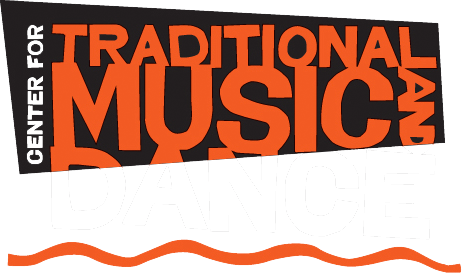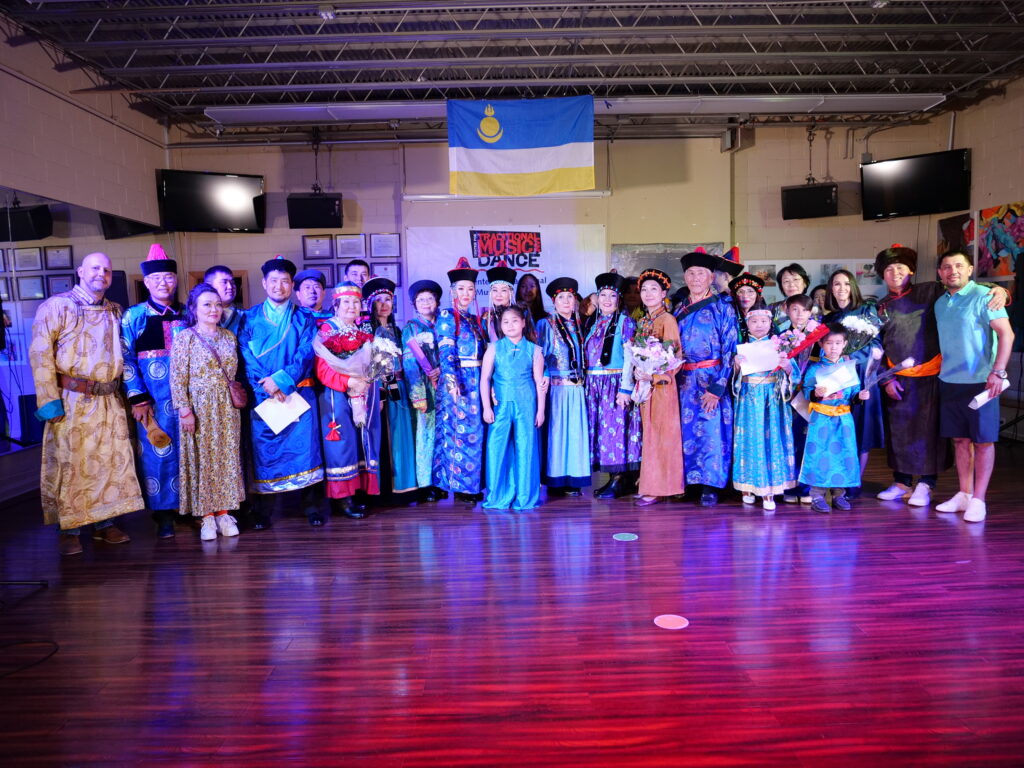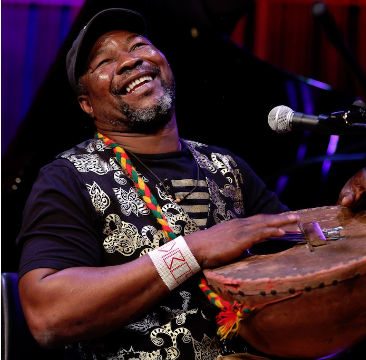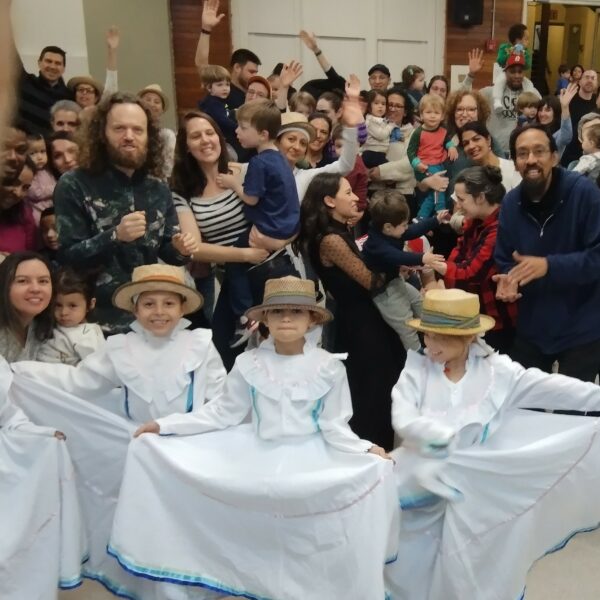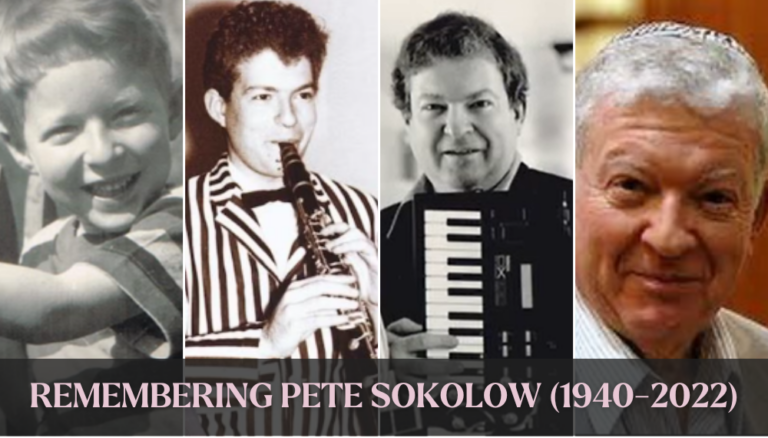For the third year in a row, greater New York’s Buryat community congregated (and in-person!) at the My Way Education Center in Midwood, Brooklyn, on June 10 for the Ayalga Cultural Festival. Not only a celebratory concert of the endangered Buryat language and traditional art forms, the festival also gave participating community youth the rare opportunity to study with language, dance, and music teachers for several weeks prior to stepping onto the stage and get American-Buryat children speaking their ancestral language.
The Buryats are a Mongolian sub-group whose indigenous lands reside in and around the Lake Baikal region of Siberian Russia and northern Mongolia. Despite mostly living in the Autonomous Republic of Buryatia as part of the Russian Federation, they have long suffered efforts to erase Buryat identity, culture, and language over the centuries, spurring the emigration of many.
The first substantial wave of Buryats to New York City first began in the early 2000s, congregating mostly in the Gravesend neighborhood of Brooklyn. But with the invasion of Ukraine and the risk of conscription into the Russian army, a second wave began arriving in 2022 through whatever means possible, including the dangerous trek across the Mexican border to seek political asylum.
Due to these cultural threats unfolding in the homeland, the New York community has long been highly interested in preserving the Buryat language alongside traditional music and dance forms in the United States.
The Ayalga Cultural Festival, accordingly, first came into being in 2021 through the ongoing Inner Asian Sustaining Cultures Initiative (2020-present) when festival director Darina Sanzhieva, local elder Liudmila Bazarova, music teacher Baiarma Rinchinova, and CTMD program director Andrew Colwell, PhD formed a committee to explore ways of addressing these looming cultural problems. The consensus was soon clear: a community concert, but one where students can actually study language, traditional song, and dance one-on-one with knowledgeable teachers, which is very hard to do in the American context.
Due to pandemic-era restrictions, the first iteration was aired online on November 11, 2021, and featured pre-recorded presentations by youth, local talents, and professionals. It wasn’t until 2022 that organizers, artists, teachers, and students could meet and work in person in depth, resulting in a remarkable in-person event of which the Buryat community had not yet seen.
The 2023 also festival featured students’ novice performances of folk tunes or dance alongside the mastery of professional artists alongside the cultural knowledge of local elders and community talents. CTMD Touring Artists the Zerd Ensemble performed, this time featuring new member, and recently arrived, singer, horse fiddler, and throat-singer Sayan Balzhiev. Aya Ganga, a collective of community artists, also returned to present a wide range of yokhor, a popular and participatory circle dance, as well a reenactment of a traditional wedding for the audience to take notes.
Music teacher Baiarma Rinchonva and language teacher Liubov Dondokova watched proudly from the audience, observing the culmination of months of study from their students, who studied with both teachers to sing and understand the lyrics of traditional songs from the homeland. New this year was dance teacher Tumun Radnaev, who had his quite young students of 7-10 years of age practicing every Saturday in anticipation of their debut at Ayalga.
Community filmmaker Andrei Barguev made a short video of the event’s activities available here.
Of course, none of this would have been possible without the leadership of festival director Darina Sanzhieva, who worked tirelessly to organize and gather Buryats from across the Tri-State region.
Thanks to the success of last year’s event and these three teachers, this year’s youth participation greatly increased: stage manager Darima Ochirov estimated there were 50 performers, over thirty of which were students. And with the success of this year’s event, other ethnically Mongol communities in the greater New York area have expressed their interest in either participating in next year’s Ayalga or organizing similar events of their own.
As Sanzhieva said, “We received feedback from all Mongol community members to make the festival bigger so the representatives of Khamag Mongol [or ‘United Mongols,’ including Buryats, Kalmyks, Ar Mongols, Uvur Mongols, Tuvans, and Hazaras] can participate. As Mongol people we have one culture, one language and the same traditions. The festival would help to preserve and promote Mongolian culture within the United States.”
A special thank you to the National Endowment for the Arts for making this event possible!
